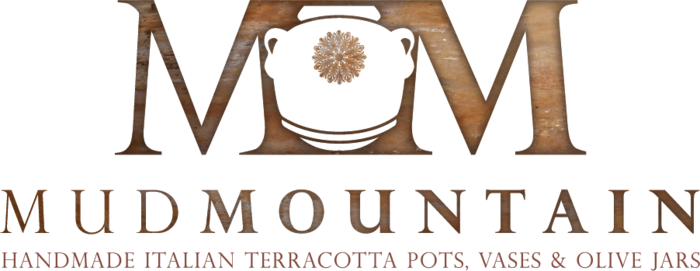Orcio 1
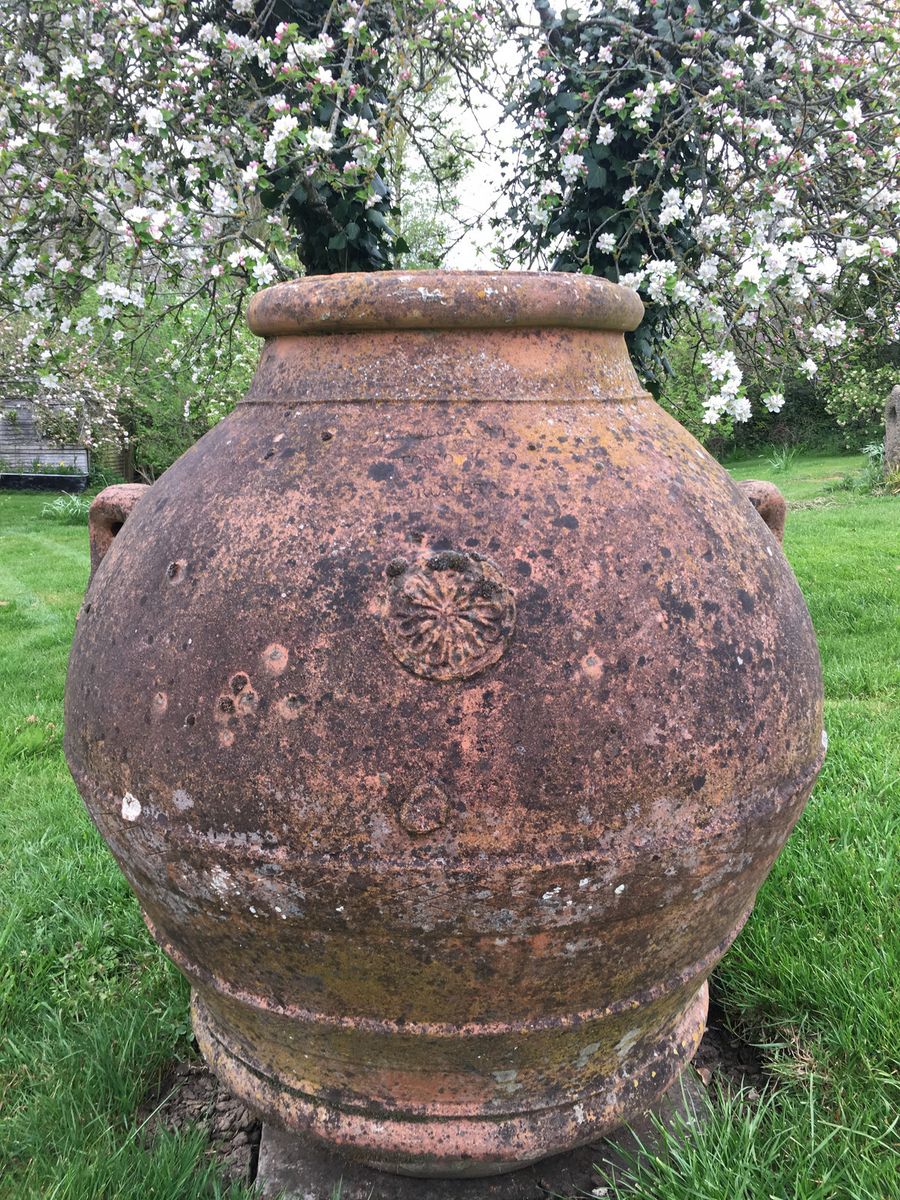
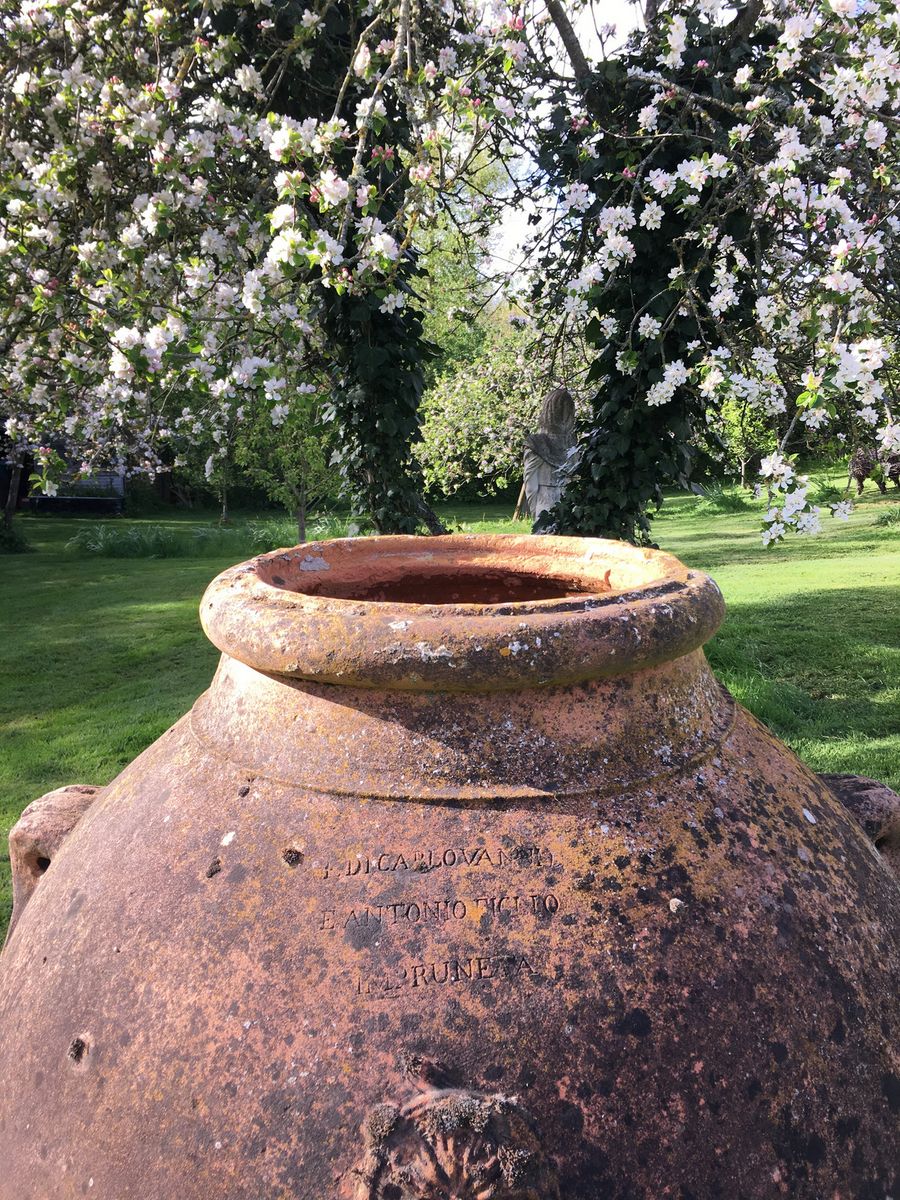
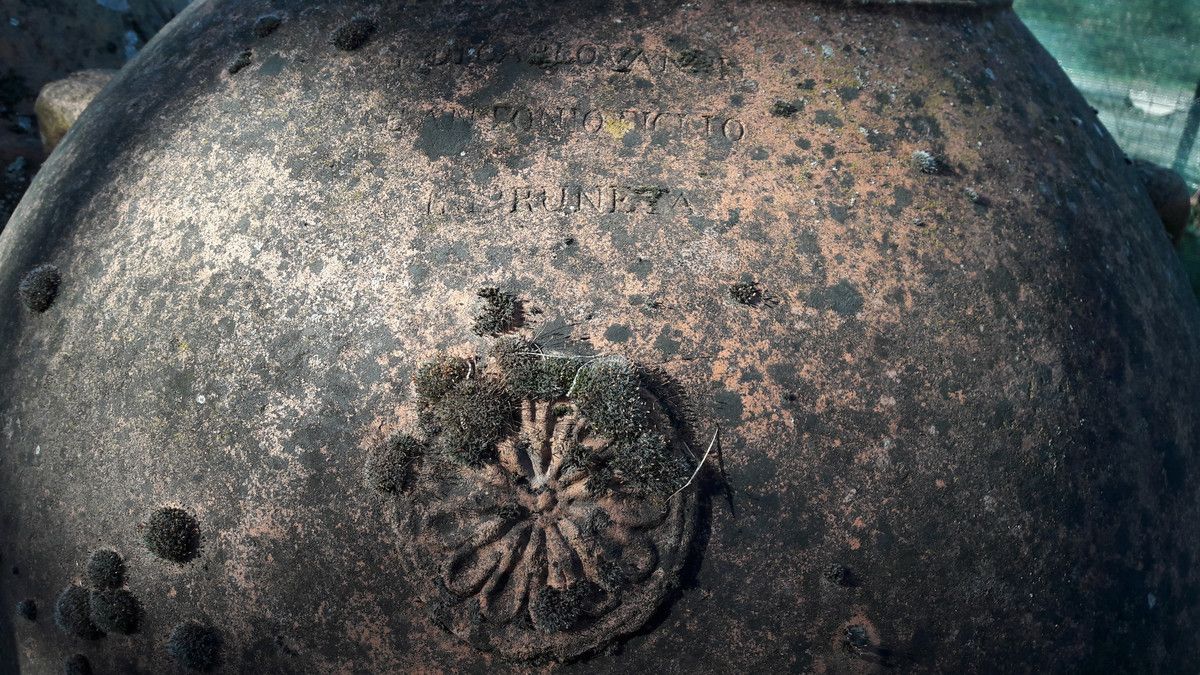
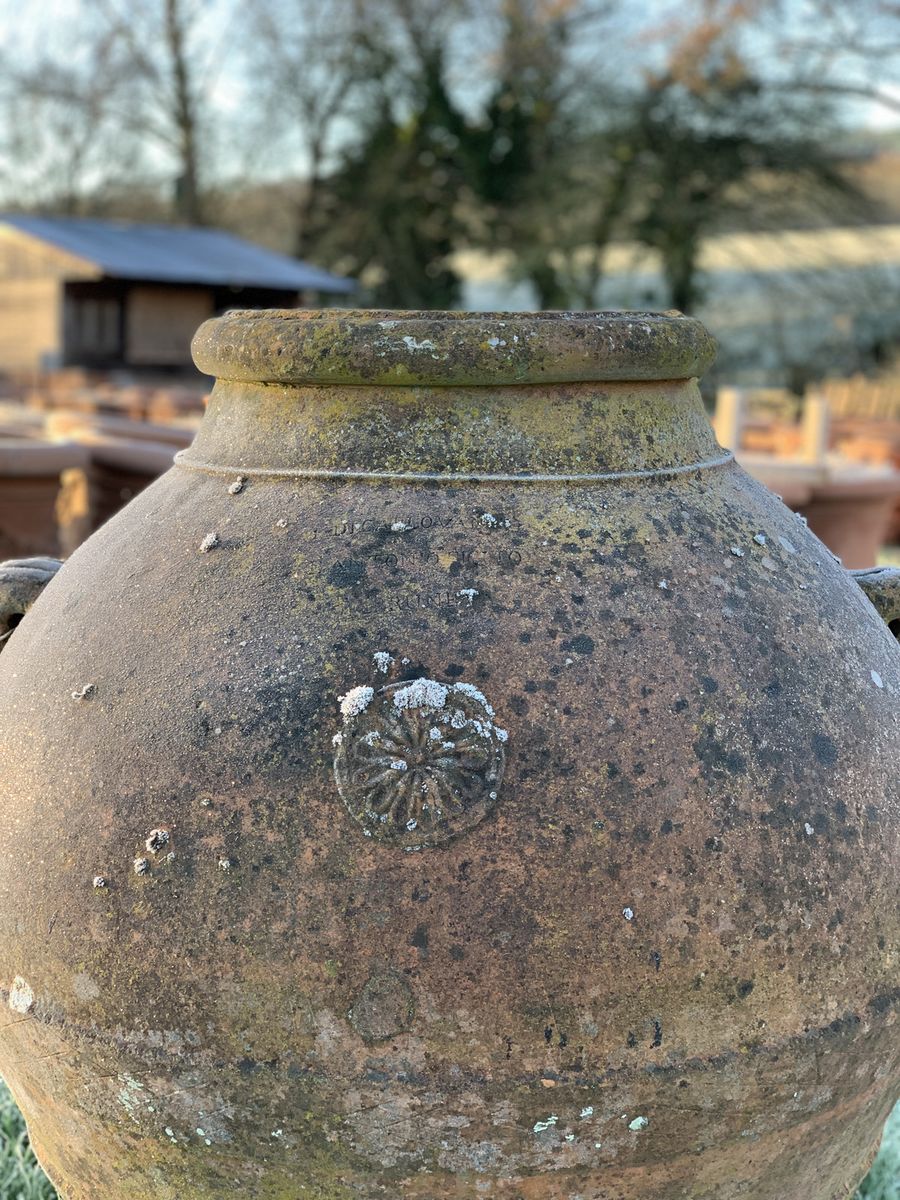
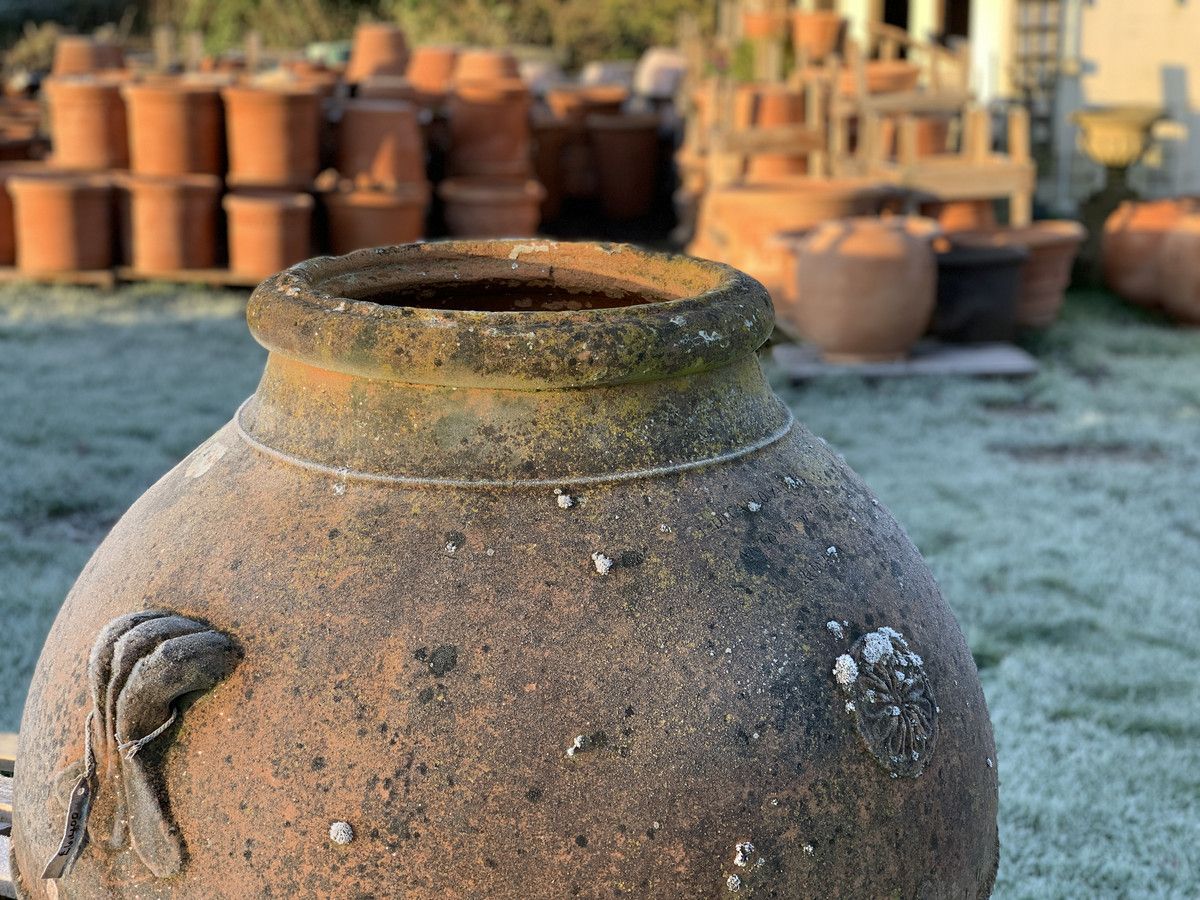
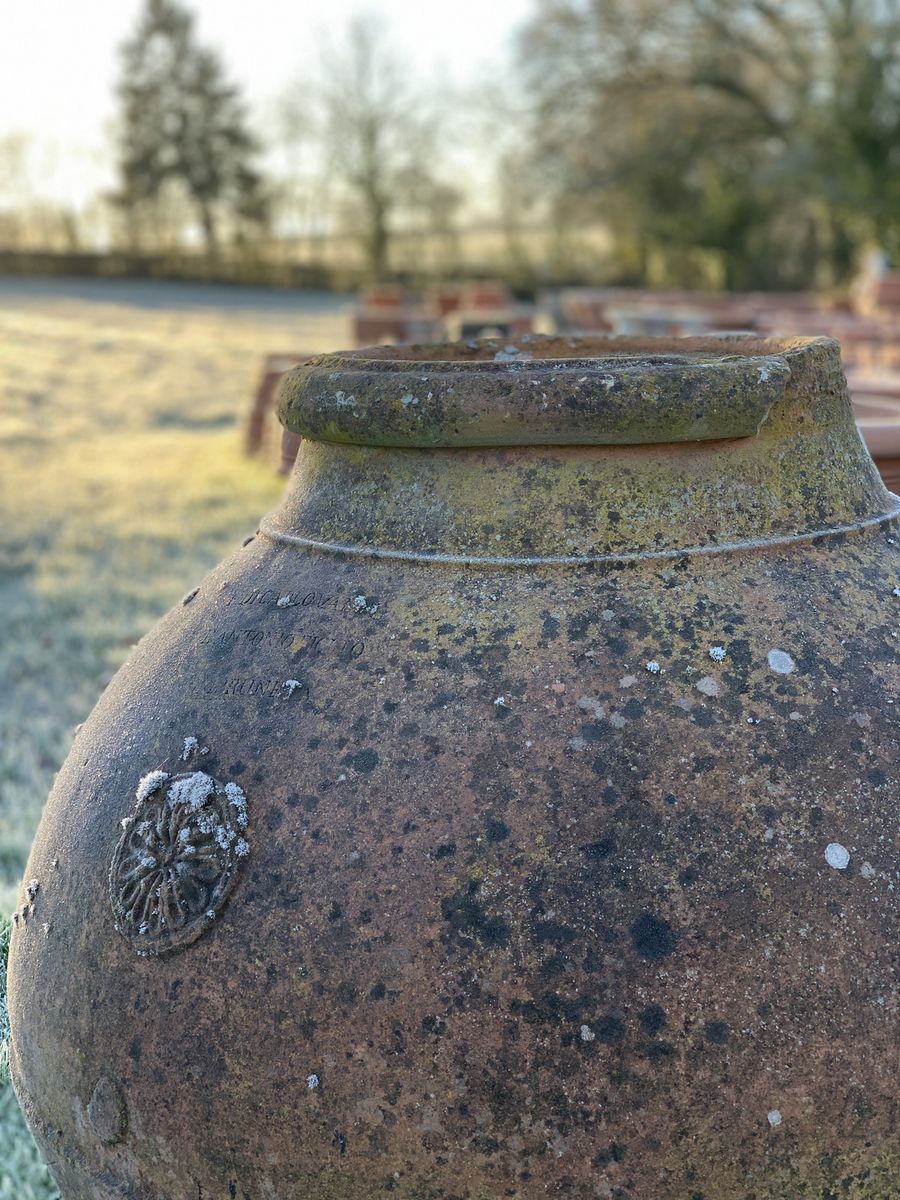
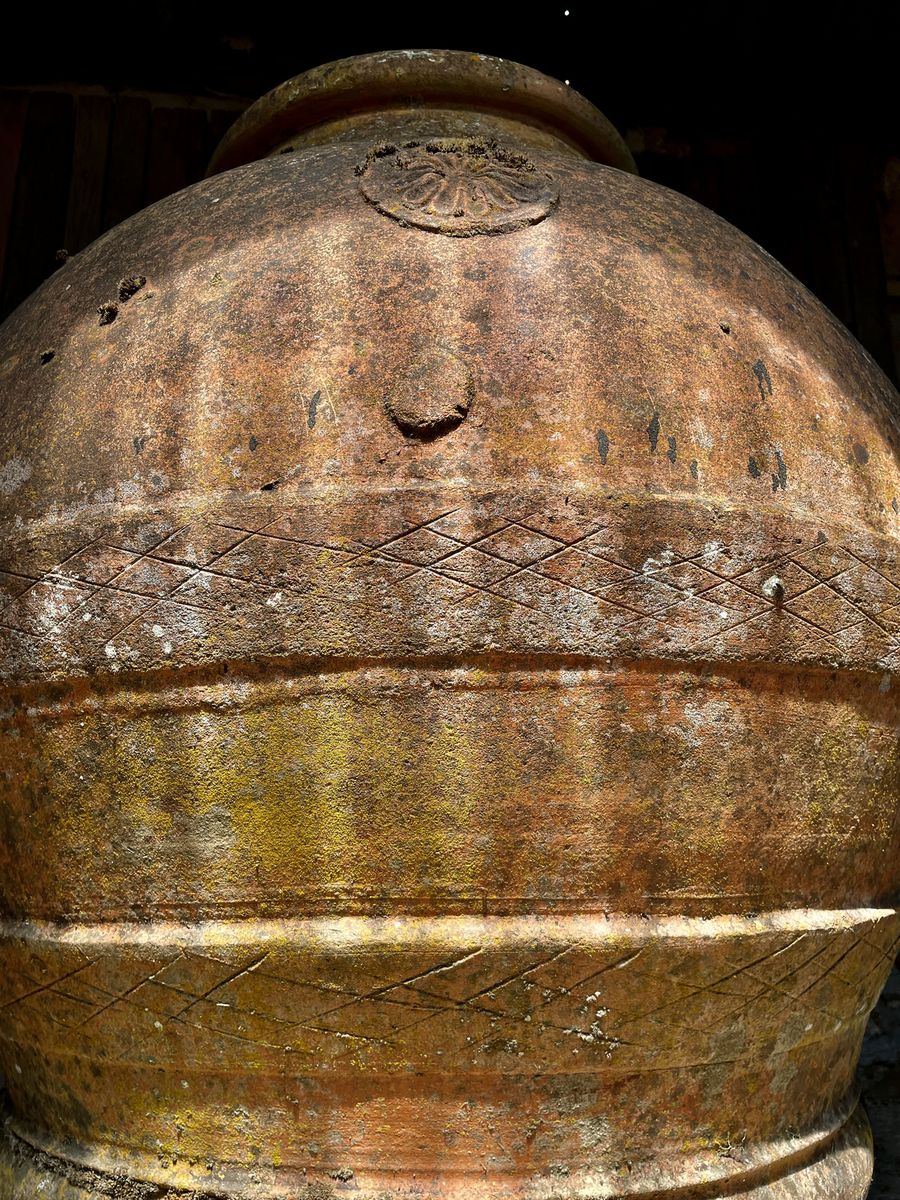
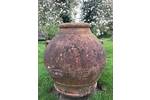
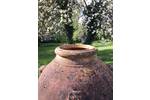
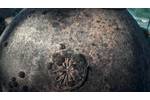
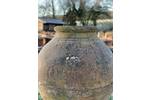
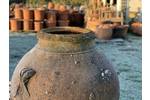
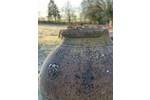
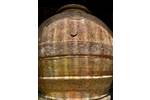
Orcio 1
Stamped Di Carlo Vanni e Antonio Figlio - Impruneta, this renowned family would have produced this olive jar between 1834 and 1868. The orcio has a great shape with a narrow mouth and shoulder and a delightful round belly.
Details
This orcio is stamped Di Carlo Vanni e Antonio Figlio - Impruneta (Of Carlo Vanni and Antonio son Impruneta). There is no date stamp, but we can date by the potters' names; Carlo produced from 1820 to 1868, Antonio joined him in 1834. The Vanni family were one of the most important kiln dynasties and operated in Impruneta from the late 1600s to the late 1800s. Much dynasty information can be found online.
The orcio has a great shape with a narrow mouth and shoulder and a delightful round belly. The handles are placed quite low too, making it look a little shorter than it actually is; at 110cm high and 100cm wide at the belly, it is a sizable piece.
In our opinion, its stunning patination, delightful shape and impressive size make this orcio one of the most aesthetically pleasing of the whole collection.
